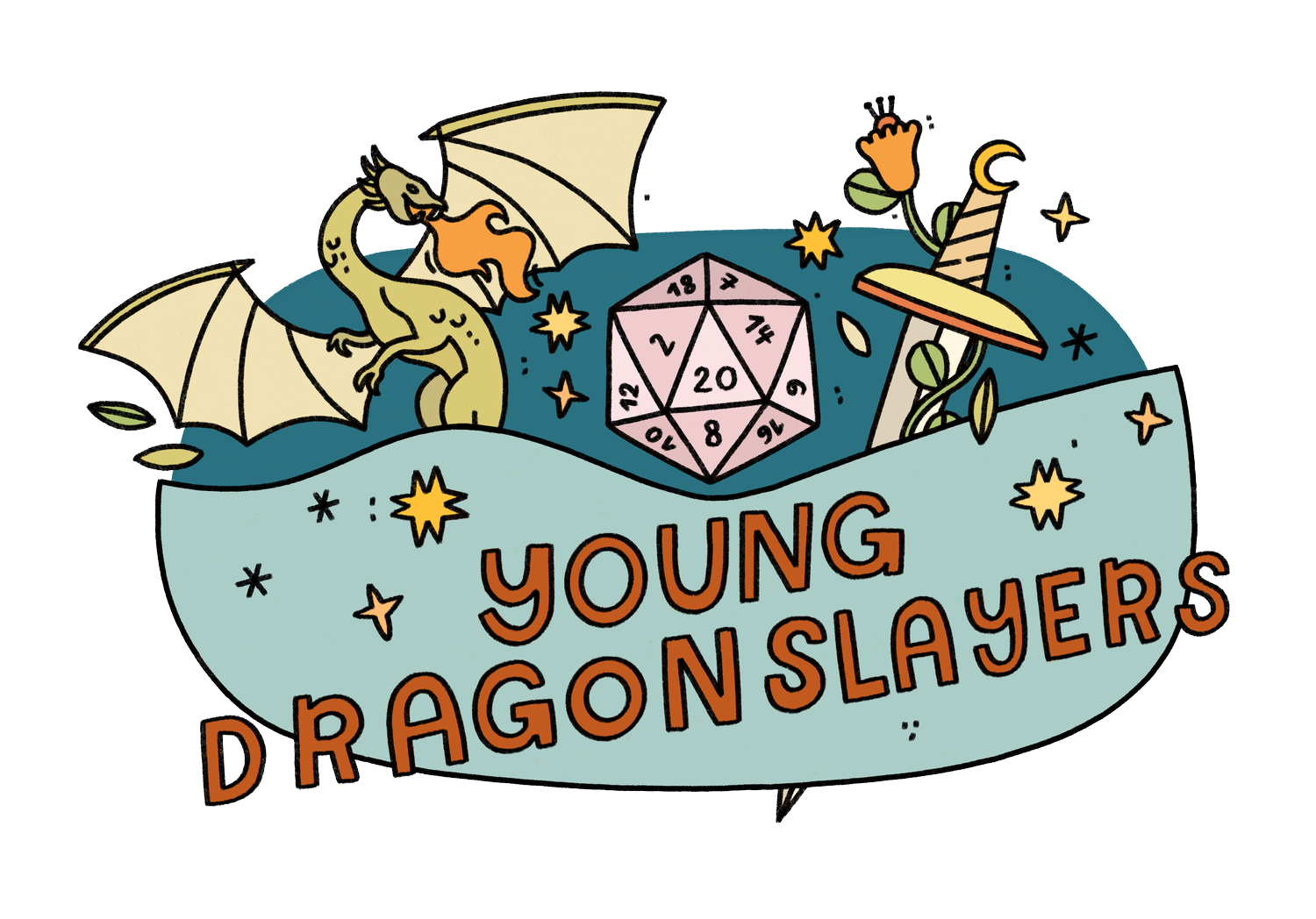What To Do With All The Feels In D&D
Many of us are familiar with the sensation of being invested in a story while reading books, watching movies, or playing games. Crying when your favorite character dies, feeling your heart pound when it looks like those two are going to finally get together, or holding your breath when it looks like all hope is lost: all of these are natural responses to stories that can make the experience more engaging and enjoyable. The connection can be even more intense with games like Dungeons & Dragons, where you’re playing a character inside the story itself!
But sometimes, being too “into it” is inconvenient (like having to try not to cry while watching anime on the bus) or even painful (like being unable to step away from grief over a work of fiction). On the other hand, trying to “cut off” this emotional investment can lessen the experience and disconnect you from the story. Here are some ways to harness the healthy aspects of gaming-adjacent emotions while looking out for the ways it can veer into being unhealthy.
Naming D&D Emotional Experiences
There are a few things that happen pretty regularly in D&D and games like it - so much so that they’ve evolved their own terms. Here are a few I’ve come across that are helpful to know:
Self-Inserts
A self-insert character is a character that’s inspired by parts of yourself, has a backstory taken from your own life, or is otherwise based on your life, experiences, and person. This is a bit of a fuzzy definition - most writers create characters inspired by at least some aspect of their own lives. But, in general, this term is used when the majority of a character’s attitude and behavior resembles that of the person writing or playing them. This isn’t necessarily a bad thing - writers like Stephen King often make use of these kinds of characters to great effect! But playing a character so close to you in a game like D&D means their feelings are often close to yours as well.
Bleed
This term was coined by roleplaying game designer Emily Care Boss; this version isn’t like the “bleed” that happens from your skin when you get a paper cut; it’s closer to the “bleed” of paint on paper, where two things that were once separate are seeping together. In tabletop roleplaying games (TTRPGs), instead of paint, the things mixing together are your emotions and your character’s emotions.
This can be helpful (like when making a watercolor painting of the ocean) or unhelpful (like spilling black ink all over your masterpiece rendition of a polar bear in a snowstorm), and it can go multiple ways. For example, if I’m having a bad day, I might play it that my character is miffed that she has to spend her last healing spell on a party member who ran blindly into battle. If I’m having a good day, I might play her as being filled with compassion and rushing in to heal them. Or on the other hand, if my character fails to rescue a group of owlbear cubs, I myself might feel disappointed and insufficient. But if my character finally confronts her greedy patron deity, I might start to feel empowered or inspired.
Catharsis
Bleed can be both good or bad, helpful or unhelpful. A subcategory of bleed, called catharsis, is a positive, meaningful experience. While experiencing catharsis, you become more immersed in the story by feeling what your character is feeling, but you also get a sense of relief and are able to take a step back from your character when the play experience is over (like being able to move to the next part of your day after finishing a book or movie).
How To Lean In to Feelings
If you feel you’ll be able to achieve catharsis during a game (you’re in a good place, you like your character, you trust your fellow players), pursuing it can be very rewarding! I still remember the final session of my very first D&D campaign. We had epilogues for each of our characters; when my character’s best friend came to her funeral, I cried, filled with a mix of emotions for them both. To pursue positive experiences like this, start by making a character you can identify with, whether they’re a self-insert or not. As you play, channel your own emotions and responses into that character (How might you yourself feel if you saw a gnoll bullying a halfling? What about if you got to go to a magical marketplace?). Imagining yourself as your character, feeling the things they feel and experiencing the things they experience, is a great way to connect and get that bleed flowing.
How To Lean Out When Emotions Overwhelm
If you don’t feel like you’ll have a cathartic experience in a game, you need to take a break from feeling all the things, or you’re experiencing unwanted negative emotions, there are ways to cut off the flow of bleed so that you have a safer and healthier experience. If you know this from the beginning, you can make and play a character who’s different from you, whose personal experiences and identity you don’t connect with.
As you’re playing, you can think abstractly about what your character is feeling - as if it’s happening to someone else, not to you - and describe your character instead of directly playing them (“Halseon is upset at the gnoll and starts yelling insults at him and shaking him,” vs. “Halseon picks up the gnoll and shouts ‘How dare you lay a hand on this innocent halfling, you vile creature!’”).
When I’m feeling more invested than I want to be, I like to make a mental list of things that are true about me (I like to crochet, I have a pet cat, I watch speedruns on Twitch) and things that are different but true about my character (She likes to arm wrestle, she has twin quarter-orc quarter-ogre children, she volunteers as the entertainment at the local pub). Take breaks whenever you need to - step away from the physical table, take out your headphones for a moment, or whatever fits your group and mode of play.
Talk To Your Dungeon Master About Your Feelings!
To have the best time playing Dungeons & Dragons, you should most certainly be talking to your Dungeon Master (DM) - about everything! Tell them about your character’s backstory, cool items you’d like to pick up, ideas you have for where the story could go, NPCs you really enjoy, and other aspects of the game world. But also tell them how you’re doing, parts of the game you don’t enjoy very much, scenes that you’d rather not be a part of, and times you need to take a break.
Your DM should already have a line of communication open with you (Zoom chat, passing notes, or even safety tools) for you to share these kinds of things - if not, ask! If you’re still getting comfortable with your DM, start by Leaning Out; over the course of the game, you may find yourself building trust, letting you share these things and Lean In to the emotional experience of the game.
D&D Games That Support Kids’ Emotions
One great way to find a DM you know will communicate with you, respect your boundaries, and make sure you have a great time playing this awesome game is to go through an organization that has already done the work for you! Here at Young Dragonslayers™, I and the rest of the DM crew have worked with young people, been vetted by mental healthcare professionals, and, of course, love playing D&D. YDS also forms our own teen and tween groups of mature, thoughtful players with similar play styles so that everyone has a good time - why not see if one of them is right for you?
Many thanks to the mods of the Seattle by Night Discord Server, whose guide inspired this post!








